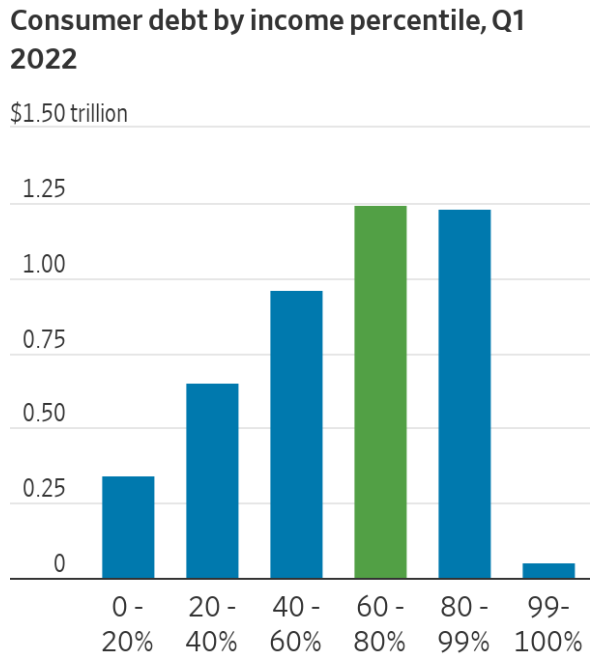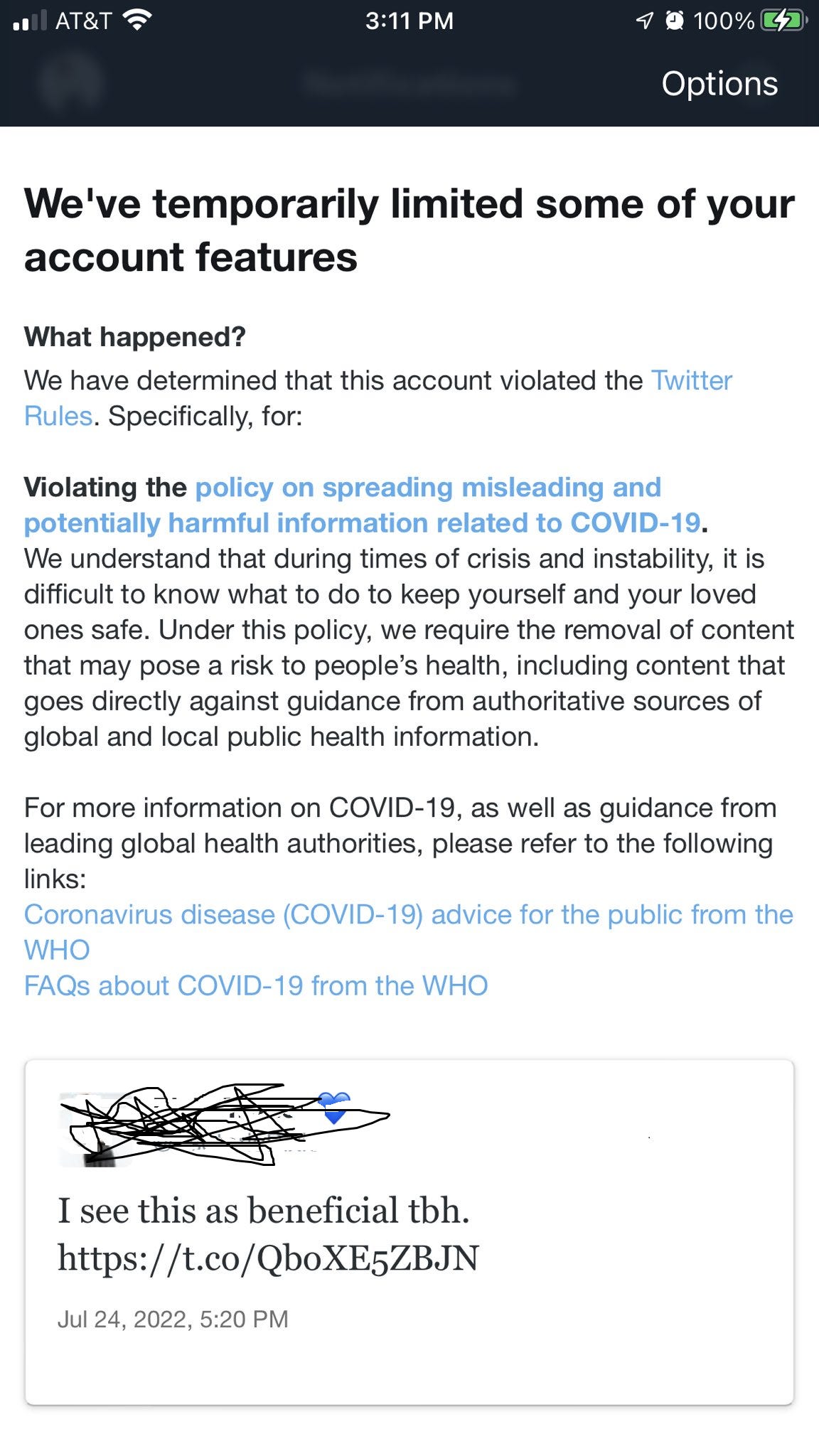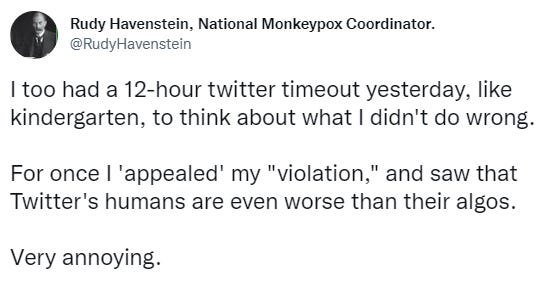It’s a solid bet that tomorrow the Fed will raise its policy rate by another three-quarters of a percentage point…Some part of the reason for the confidence in 75 rather than 100 basis points may well be that the Fed does not seem to have leaked the bigger move to Nick Timiraos of the Wall Street Journal, as it almost certainly did last month.
We don’t have Fed reporters - we have Fed publicists.
The market…has lately taken the view that the Fed and other central banks will back off quickly, and start cutting rates by the middle of next year.
So hawkish!
So official nonsense CPI first exceeded (this cycle) the Fed’s made-up 2% level in March 2021 at 2.65%.
The Fed’s balance sheet grew by $1.21 trillion AFTER they surpassed 2% CPI! This is insane.
In another pandemic fallout, used car prices are way up, and the repo man is back Based on government surveys, prices for used cars and trucks rose 43% in June from August 2020, when they first started to jump. For new vehicles, prices rose 17% over the same period.
The Upper Middle Class Is Getting Squeezed "Upper-middle-class households are defined here as those earning between $75,301 and $127,300 a year, according to the Fed"
‘It’s sort of like we’re back to 2020’: L.A. dining scene braces for possible indoor masking return
San Francisco Races Clock for Comeback With Tech Gloom Deepening
Bernanke: There's no housing bubble to go bust A blast from the past.
Century 21 ad from 2006, right at the last peak…
4-Week Rolling Average Share of Homes With Price Drops
‘Historic’ Correction Grips Canada’s Housing Market, RBC Says
“A welcome cooldown”
Benchmark home prices could fall more than 12% through early next year from the market’s peak, a bigger decline than any of the four national downturns of the past 40 years, according to a report Friday by Royal Bank of Canada economist Robert Hogue.
So are they predicting 12% total, and then they’ll stop dropping? Or just through early next year? “
Steve Bregman’s recent update is worth listening to, regarding non-repeatable contributions to the recent 40-year disinflationary period (except for asset prices, and a bunch of other things), energy and commodity shortages, and some interesting comments on indexing.
To briefly reprise, one essential difference between the 1970s and today is as follows:
• By the end of that period, in 1979, the federal debt/GDP level was only about 31% and had actually declined during the decade. Today the ratio is about 130%, already beyond all historical experience, and probably still rising.
• In 1980, total public and private U.S. debt was 178% of GDP, and cost an average 13.6%. Within 11 months, interest rates would begin a 40-year decline, so that risk was about to peak. Today, total U.S. debt is 489% of GDP, at an average interest rate of only 3.72%, while the average rate on the Federal debt is only about 1.43%. Just this year, though, the 5-Year Treasury rose to 3%, from an average 1.6% over the past five years. And 1-year Treasuries also rose to 3%, from less than 0.1% a year ago. The relevance of those increases is that, crudely estimated, somewhere between 20% to 35% of the marketable federal debt comes due within the next year, and a similar proportion within 1 – 5 years. That’s well over half of the Federal debt to be replaced at higher rates in the near to intermediate future.
• Just to casually stress-test the implication, a 3%-point increase in interest rates in 1980, would have raised the interest expense burden of the economy – a no-loop-hole tax hike on businesses and individuals – by 5.3% of GDP. That’s the equivalent of a severe recession, but the government’s balance sheet would have allowed for increased borrowing and spending for economic support. Today, a 3%-point increase in interest rates would result in an interest expense ‘tax’ – effectively, a reduction of GDP – of 11%(!). That’s about the same impact as the disastrous pandemic economic disruption of early 2020. Moreover, the government’s leveraged balance sheet now imposes far greater constraints on its ability to support the economy in a moment of extremis, just when social obligations would rise.
TL;DR: We’ve dug ourselves into a helluva hole.
This is rather amusing. I saw that someone who got put in a 12-hour timeout today (it’s a 2-day old tweet) for this (and had to delete the tweet):
So if you type in the above address, you get this:
Berenson’s tweet is actually anti-Ivermectin (not that that matters).
(Berenson is the guy who was banned by Twitter for vaccine “misinformation”, sued them, and got reinstated.)
You could argue that the offending tweet was either supportive, or dismissive, of Berenson’s views.
Was it a Twitter algo that did this, or did an actual human do it?
It seems with the 2-day delay that it was an actual human, which makes it even worse.
Berenson’s tweet is still up, and not flagged as Soviet Disinformation or whatever.
Twitter is run by a bunch of woke Stasi idiots.
Kirkland & Ellis Is the Go-To Law Firm for Crypto Bankruptcies Also the go-to law firm for Jeff Epstein.
Excerpts of some of the letters to the judge of Celsius’ bankruptcy case
See you on Fed Day!















You made my day with the piglet cartoon. I’m going to buy him some matches.
Thank you
There's alot of conditioning going on. It's not only Pavlovian, it goes deeper then that.